In a recent episode of the podcast If Books Could Kill, the hosts read out the Bumble profile of a 50-year-old gay man. It stated: “Not interested in over 50 or anyone with depression, insomnia or anxiety. I like my high IQ and earning a good salary at what I do, so if you don’t, then we’re not a match. I seek to build a life.” The hosts were trying to illustrate something: how particular people can be on dating apps. And the older you get, the more exacting the criteria; and the harder it is to meet them.
Increasingly, Indians in their 30s to 50s are turning to apps such as Bumble, Hinge, Tinder and others to meet new people. There are many reasons for this: for some, it’s hard to meet another single in their crowd of already married acquaintances; for others, such platforms provide a sense of anonymity that is comforting in a society that’s not so accepting of older people dating.
For Mumbai-based Namrta Sharma, 37, and Vinay Shinde, 43, Bumble was a godsend. Sharma still remembers the first time she saw Shinde’s profile: it was headlined by a black and white picture of him at home in a ganji, with messy hair and zero effort. “Compared to youngsters, who have [filter-perfect] photos, this was raw,” she recalls. Of course, it helped that he was a dad of two. As a newly-divorced mum, this appealed to Sharma.
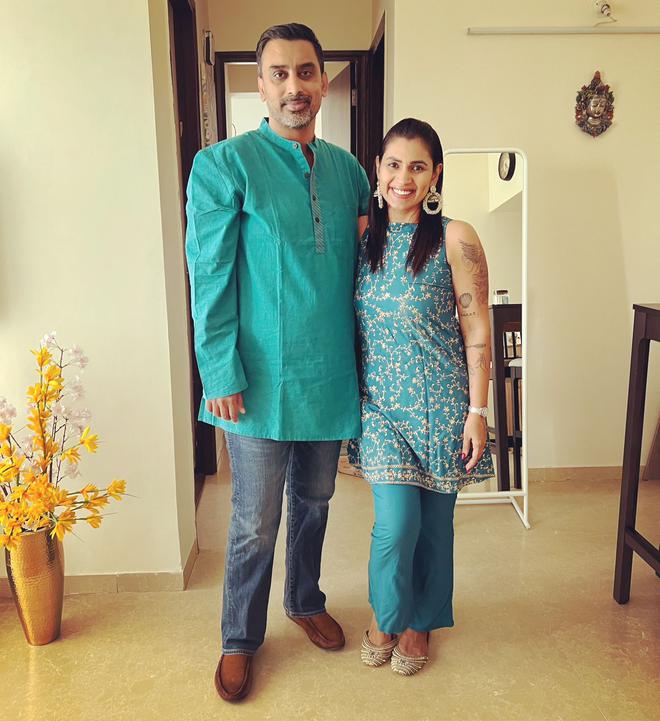
Right from the start, the two were upfront with each other: each one’s story resonating with the other instead of becoming baggage. That first day they matched, they spent all night chatting. After a week, they met for a first date. Two weeks later, their children met on a play date. In four months, they were living together. And in another four, they were married.
Midlifers have a much stronger sense of self, so when they try dating they are surer of what they don’t want. “You’re not trying to impress a person so much as you’re trying to show them your true self,” says Shinde.
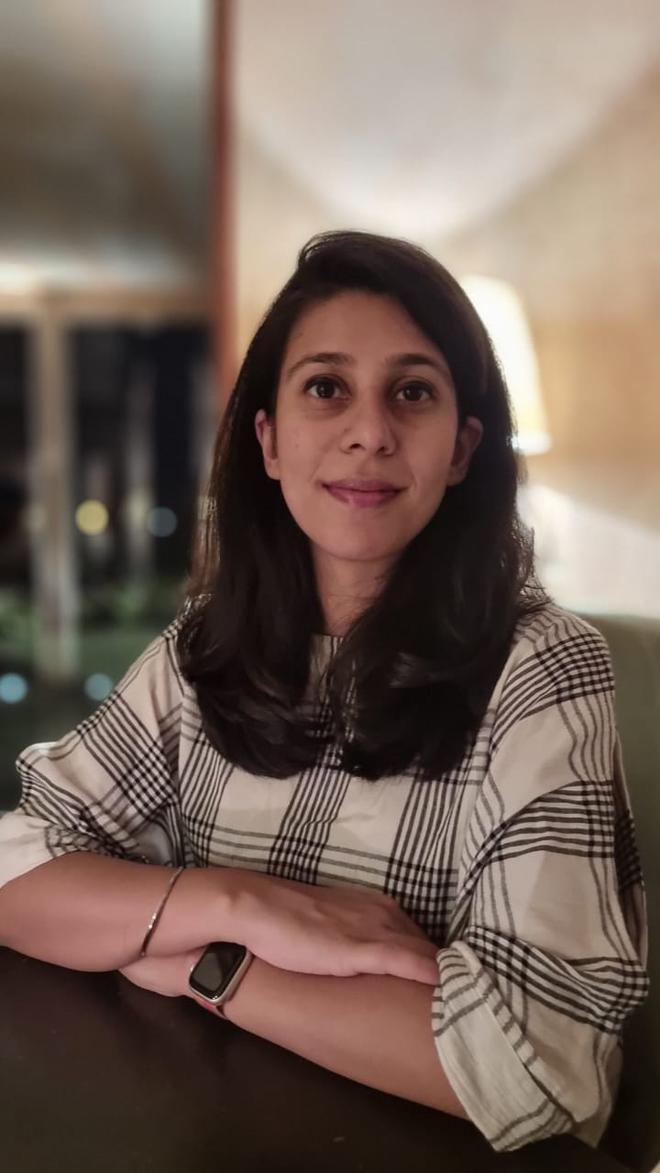
“If you meet in your 20s, you tend to date for much longer, sometimes 5 years or so before you get married. But in your 30s, 40s and 50s, the process is expedited. People usually get married within a year or two of dating. That’s because with age comes that clarity and stability, where you’re able to commit to someone much more quickly, because other things in your life are more stable.”Shevantika NandaPsychologist
Breaking the boxes
According to Samarpita Samaddar, India Communications Director of Bumble, GenZ are the digital natives and have more awareness and access to the Internet, including dating platforms. But in the last few years, she has seen an increasing number of midlifers finding connections on Bumble. This has inevitably led to greater acceptance. In fact, a recent nationwide study shows 67% are open to dating a divorcee; 69% are open to dating a single parent. This, however, is just half the picture. Tinder’s internal data reveals that 18- to 25-year-olds are 32% less likely to ghost someone than 33+-year-olds. This hints at one of the flip sides of midlife dating: you might know exactly what you want, but that makes you more restrictive.
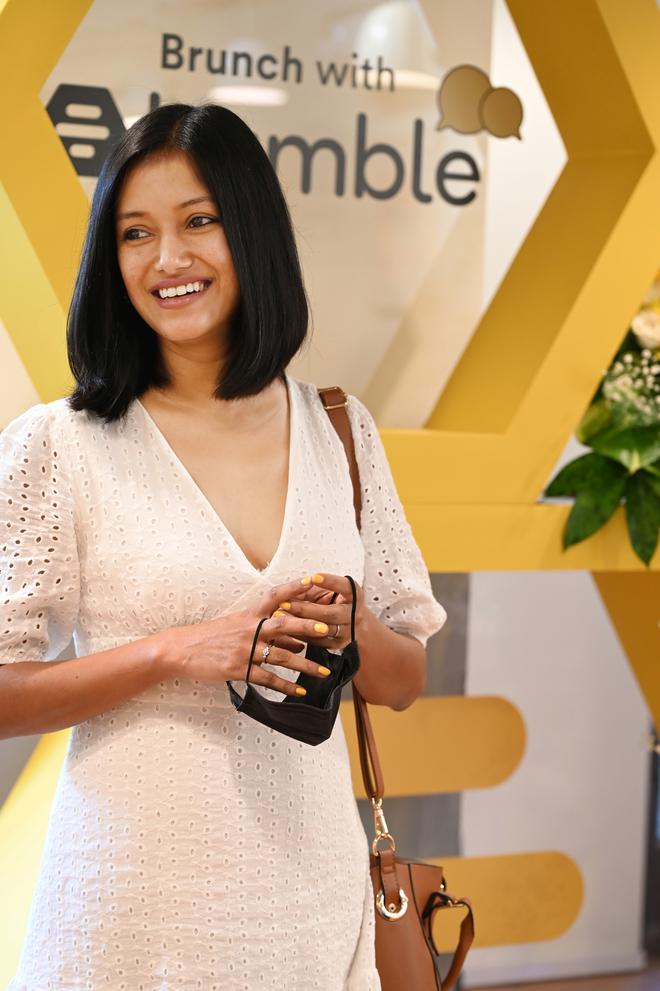
Bengaluru-based Arpita Ganeshbhas, 46, has never found anyone online. “I was a working professional, so I didn’t have time to swipe, chat, make time to meet somebody and then be disappointed,” she says. In the past, she was part of FLOH, a community of singles that met up every now and again. But their cut-off age was 35, and so she decided to start something of her own. In August this year, she started ‘In Real Life’, a platform that hosts curated events for singles — from cocktail-making sessions to pet breakfasts — that charge between ₹2,000 and ₹6,000. “I didn’t want to make it only dating because then you’re boxing people in. For all you know, I’m single and I just want to make a new set of friends,” says Ganeshbhas.
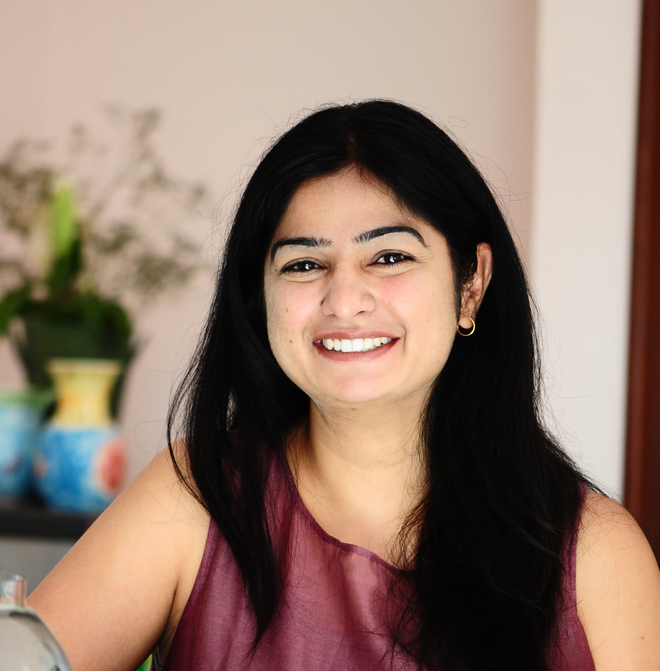
According to research conducted by Bumble, relationship structures and expectations are undergoing an overhaul. The last few years have seen the rise of ethical sex-ploration and non-monogamy as dating trends, with 61% of Indians surveyed being open to these. Though this adventurousness is usually attributed to Gen Zers, it’s increasingly common in midlifers as well.
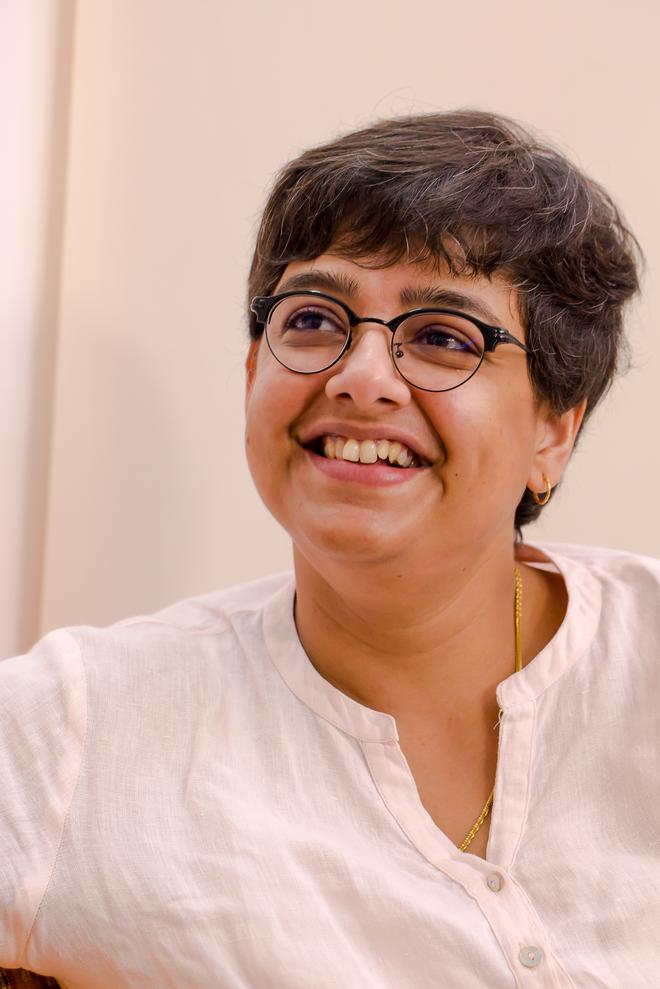
“We are living through an epidemic of loneliness. The basic idea of intimacy is up in the air. One of the things contributing to this is the apps. Earlier, you had to know somebody to go on a date, or physically go to a coffee shop or bar. Now you can sit at home and find someone to go out with.”Aarti RajaratnamPsychologist and author
Open to new experiences
So far, ‘In Real Life’ has hosted three events, with approximately 60 people attending each. One of them was Raghvendran, 36, who admits to being quite “antisocial”. Growing up, he never really dated and even now, he has a hard time striking up a conversation with a stranger. The apps were not helping either. “Any conversation would just remain a conversation because you’d be waiting for the other person to make a move, while they’d be waiting for you to make a move. And the conversation would peter out,” he says. What he likes about ‘In Real Life’ is that everyone has to wear a band declaring whether they are interested in getting to know men/ women/ both.
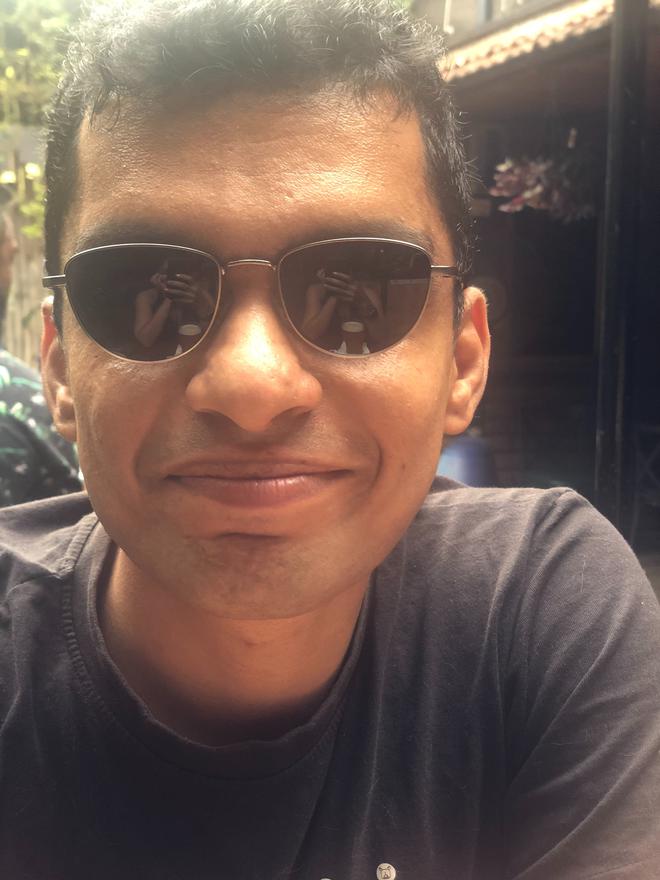
“I’m going through this exploratory phase where I believe I shouldn’t draw lines based on gender.” He’s ended up meeting some really interesting people, not with the intention of dating per se, but just hanging out. “It would have been different if I was in my 20s — I’d probably not be so open to experimenting. I’m actually glad I started dating in my 30s, when I have some stability, and don’t feel a constant need for self-preservation.”
neha.vm@thehindu.co.in







